History of the fire protection of Russia. Fire Protection Day in Russia
It is known that in Russia, where the forest has been the main building material since ancient times, one of the most terrible disasters was fires, often destroying entire cities. And although they were considered the punishment of God, this did not prevent them from waging a decisive struggle with them. That is why the history of the fire protection of Russia is very rich and goes back centuries.
Attempts to fight fire in previous centuries
Since at all times fires were a serious obstacle to the development of the state, the supreme power tried to take measures as far as possible. There are many examples of this, even in bygone centuries. One of the historical documents that have come down to us tells how, after the terrible Moscow fire that broke out in 1472, the great Ivan III (grandfather of Ivan the Terrible), who personally participated in extinguishing it, issued a series of decrees, from which, in fact, the development of fire protection in Russia.
Both the Rurikoviches and the Romanovs who came to replace them were also very determined to fight fire. A number of their decrees are known, prescribing to build in cities (and especially in Moscow) only stone structures, erect them at a safe distance from each other and take all measures against fire. For those who, having violated the prescriptions, became the culprit of a fiery disaster, the strictest penalties were provided - so that science was different.
Fires of old Russia
But no matter how they flogged violators with whips, no matter how they demanded in the hot summer months to cook food only in the yards, without lighting a fire in wooden buildings - nothing helped. There is hardly any ancient Russian city that would spare the fire, without repeatedly turning its houses into ashes, because in those years there was no regular fire service.
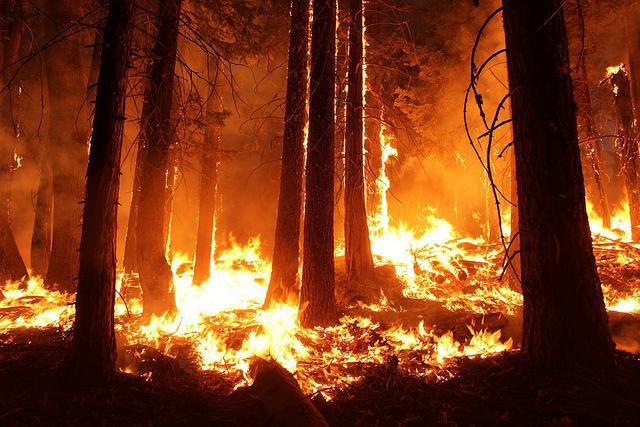
In Veliky Novgorod, a fire in 1212 destroyed 4,300 households in a matter of hours, killing many residents. Moscow burned in 1354. It took only two hours for the all-devouring flame to turn not only the Kremlin, but also the suburbs surrounding it into smoking ruins. The year 1547 is also sadly memorable, when another fiery disaster claimed several thousand lives in the Mother See. The creation of a fire department in Russia was an urgent requirement of life and was a response to the challenge thrown by the elements.
Birth of the Regular Fire Service
A big step in this direction was taken during the reign of Tsar Alexei Mikhailovich (father of Peter I). In 1649, the “Cathedral Code” developed by him, a code of laws of the Russian state, which was in force for almost two hundred years, saw the light. Eight of his articles were devoted to issues related not only to cities and villages, but also, importantly, in forests.
In the same year, another important document appeared - "Order on the city deanery." It is with him that the history of the Russian fire department begins, since it prescribes the creation of a regular service on a professional basis, whose employees are given a fixed salary.
It also provided for the introduction of round-the-clock duty, which included a detour of cities and the punishment of those who violated the established rules for handling fire. An impetus was also given to the development of fire extinguishing equipment - it was recommended to use water pipes to fight fire, which became the forerunners of modern hoses. This is how a regular fire service appeared in Russia.
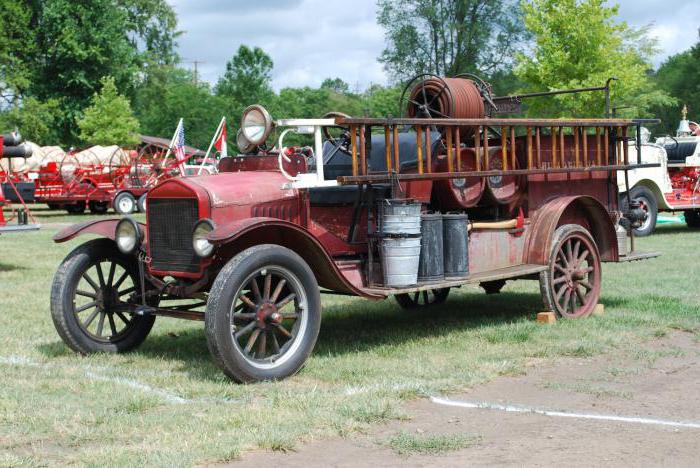
The development of the fire business before the revolution
The work begun by Tsar Alexei Mikhailovich was continued by his son, Peter I. During his reign, the history of the Russian fire department reached a new qualitative level. Taking as a model the setting of firefighting in European states, he significantly modernized the technical equipment of Russian services, purchasing fire pumps for them from abroad, equipped with leather sleeves and copper hoses. In the reign of Peter the first fire department was created at the St. Petersburg Admiralty. In Moscow, a full-time fire brigade appeared much later - only in 1804, by order of Tsar Alexander I.
During the reign of the next Romanov - Tsar Nicholas I - regular fire services ceased to be the property of only St. Petersburg and Moscow. Since that time, their creation began throughout Russia, and a fire station with a tower towering above it has become an indispensable attribute of each city. Very often this building was the highest in the city, and from it it was possible to survey even nearby villages. In case of detection of a fire at the top of the tower, a signal flag was raised, and the residents were informed about the scale of the disaster by special balloons, the number of which was directly proportional to the area of fire.
The history of the fire protection of Russia in the 19th century was also marked by the creation of a number of enterprises for the production of equipment necessary for fire fighting. In Moscow and St. Petersburg, fire pumps and hoses for them, and hooks were produced, and with the advent of the first cars, equipment that made it possible to use them to fight fire.
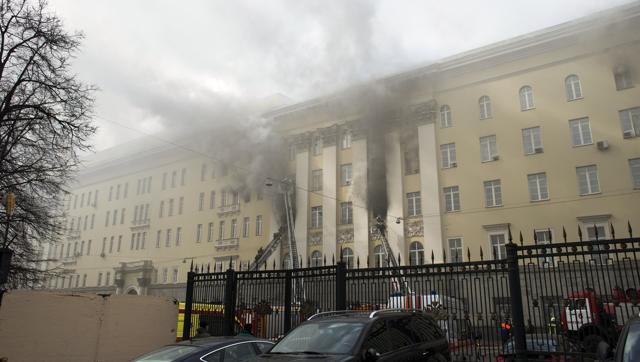
Organization of fire fighting after the revolution
Great attention was also paid to the organization of fire protection by the Bolshevik government that came to power in 1917. Already in April of the following year, it issues a corresponding decree and establishes the position of Commissioner for Insurance and Fire Fighting. M. T. Elizarov is the first to be appointed to this position.
The country owes him the implementation in the shortest possible time of the measures provided for by the decree, and the creation of an extensive network of fire stations in the country. The following year, by government decree, the Central Fire Department was introduced into the structure of the NKVD, which since then has carried out centralized management of the fire services throughout the country.
Moscow conference and Leningrad technical school
In order to further develop the fire protection in 1923, the All-Russian Fire Conference was held in Moscow, in which, in addition to delegations from various cities of the country, guests from Belarus, Ukraine, Azerbaijan and Georgia took part. It is important to note that at the conference, special attention was paid to the issues of fire prevention and it was considered expedient that each fire department should have an appropriate specialist.
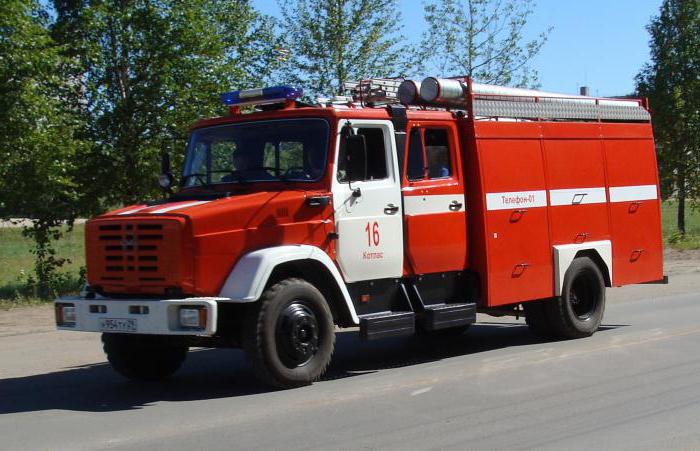
The next important step in the fight against fire was the Fire College, which opened in 1924 in Leningrad. Its graduates became the personnel base on which, in subsequent years, the nationwide system of fire supervision was formed, where Russia was later included. This new, at that time, structure developed with the active assistance of the Komsomol and
The contribution of science and industry to firefighting
In the mid-twenties, the production of domestic fire equipment received a significant impetus. Along with numerous models of pumps, mechanical ladders and smoke exhausters, the first Soviet ones also appeared. By the end of 1927, their fleet in the country amounted to more than four hundred units. In the thirties, serious scientific developments began, carried out within the walls of two specialized testing laboratories, in which graduates of the Faculty of Fire Service Engineers established in the same years worked.
Firefighters during the war
The history of the fire protection of Russia during the Great Patriotic War became one of the pages of the heroic epic of those years. Firefighters rescued numerous residential and industrial facilities from fire, which became the target of enemy bombing and shelling. In Leningrad alone, more than two thousand people died during the years of the blockade. It is no coincidence that during the Victory Parade, fire units marched along Red Square along with all combat units.
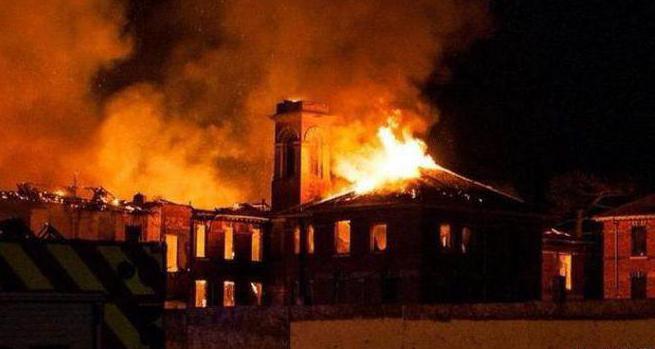
One of the problems of modern life
Experts state that in the modern world there is an increase in the number of fires, and the socio-economic consequences of them are becoming more severe. About five million fires are registered annually on the globe, in which more than one hundred thousand people die, and material losses from them are measured in tens of millions of dollars. Natural fires - peat and forest fires, as well as those arising from emergency oil and gas developments - are also a serious disaster.
All this forces specialists to expand the search for new means of fighting fire and improve the existing ones. It should be noted that long-standing traditions have developed in this direction in Russia. It was in our country that the world's first foam fire extinguishing technology was applied, the world's best design of hydrants was developed, and the first portable fire extinguisher appeared.
Day of Russian firefighters
The modern fire service is a complex and multifunctional system, which is entrusted with the duty of extinguishing fires of varying complexity. As a rule, tactical tasks are carried out by the composition of the guard on duty, but in some cases special units are involved, which include the special fire brigade of Russia. In this case, we are talking about the localization of fires that threaten with especially serious consequences (oil and gas rigs, nuclear facilities, weapons depots, and so on).
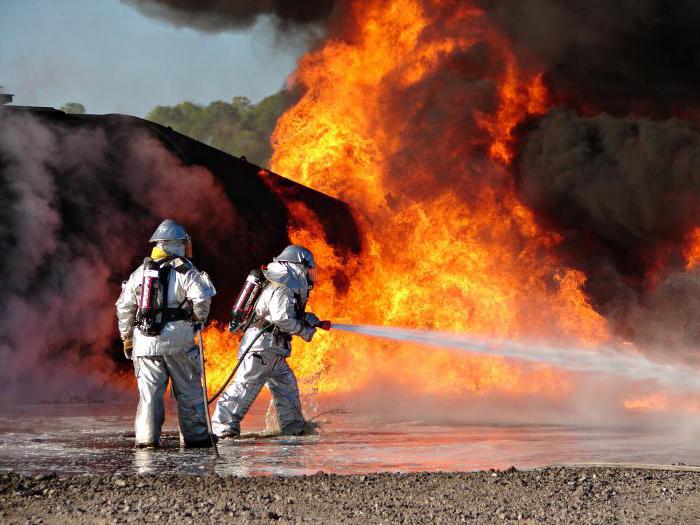
Russians respect and appreciate those who protect their lives and property from the fiery element. In 1999, a government decree was signed, on the basis of which a holiday appeared - the Day of the Fire Protection of Russia, celebrated annually on April 30th. This day was not chosen by chance - it was on April 30, 1649 that the above-mentioned "Order on the City Deanery" appeared, which became the birthday of the Russian fire service.






